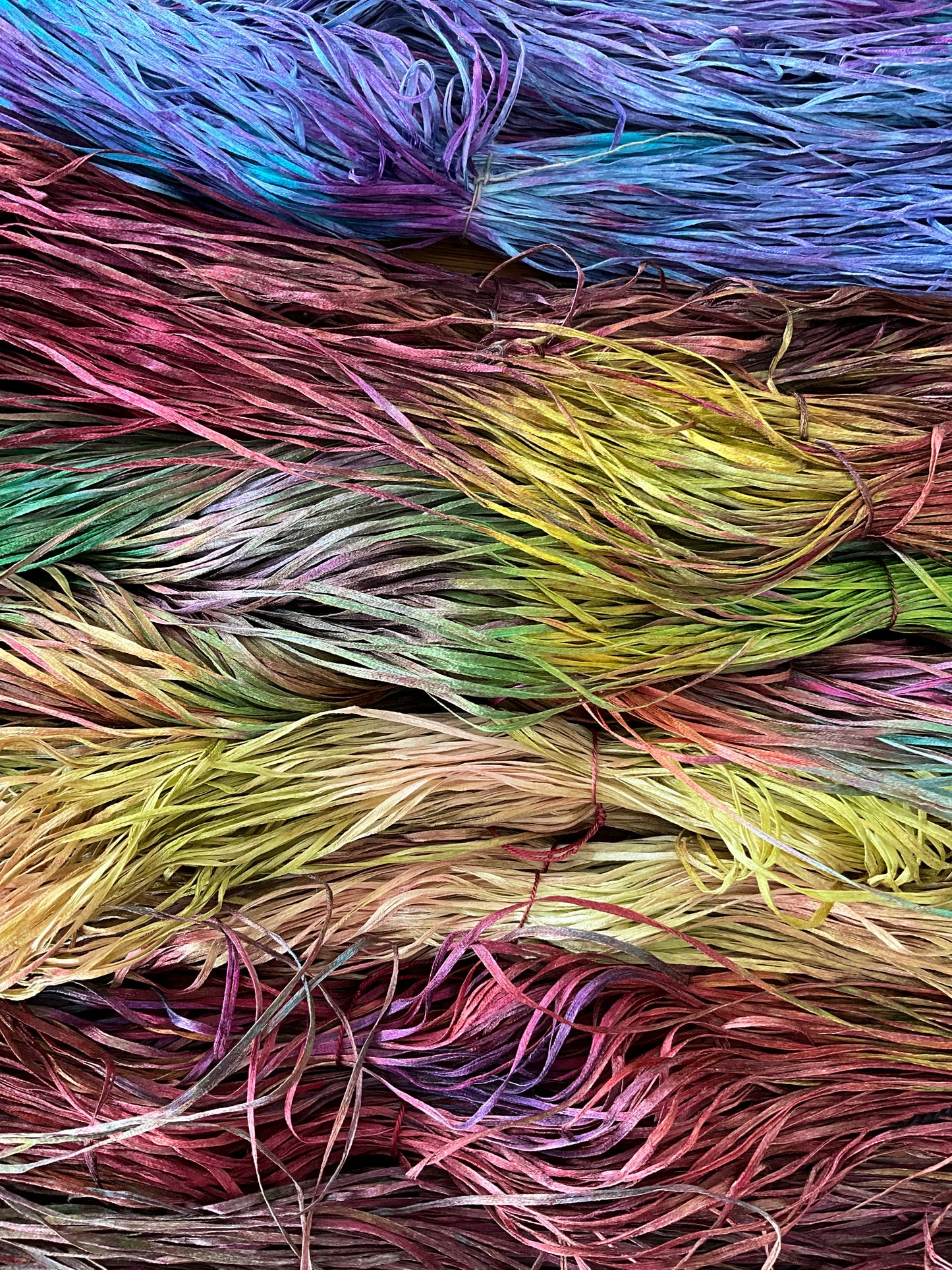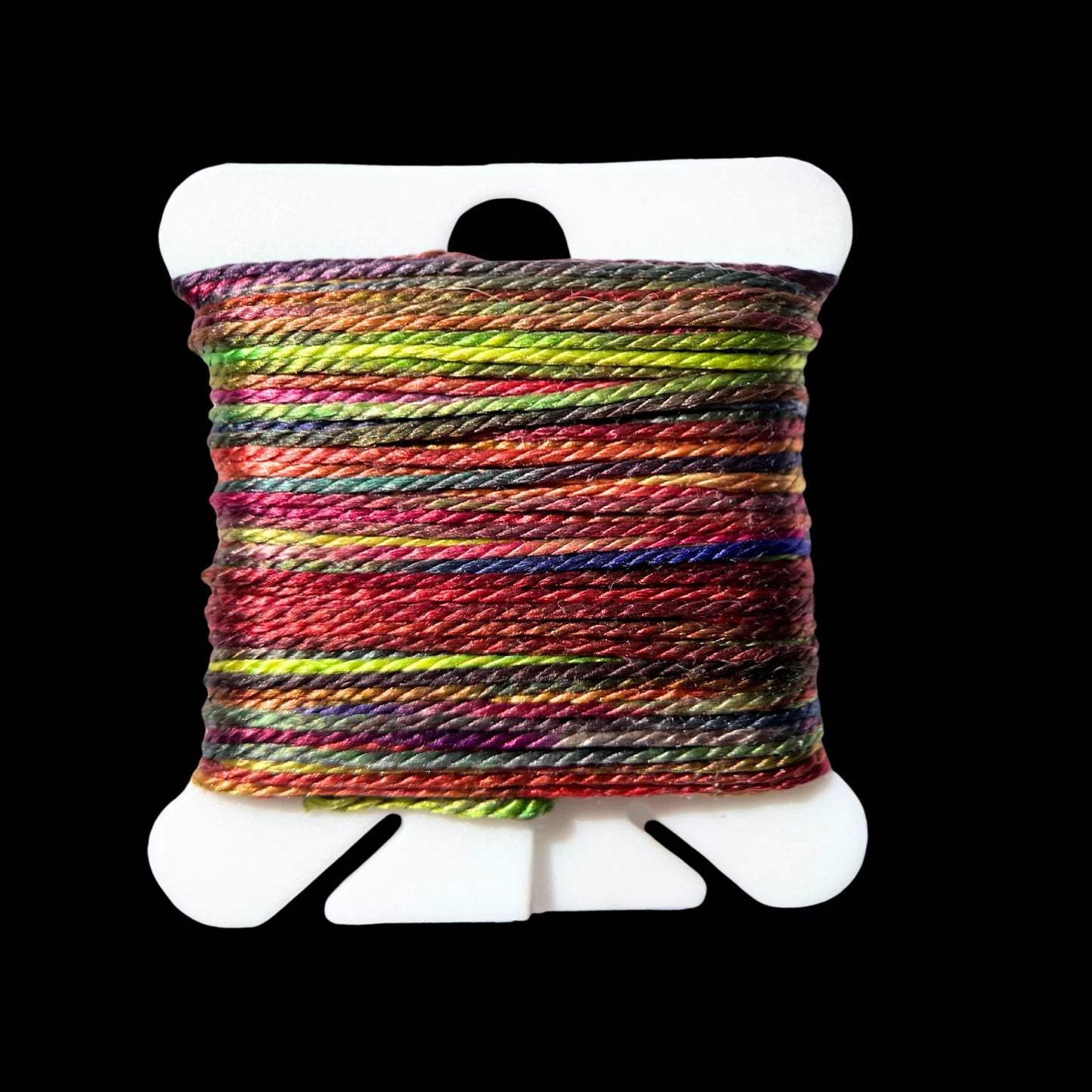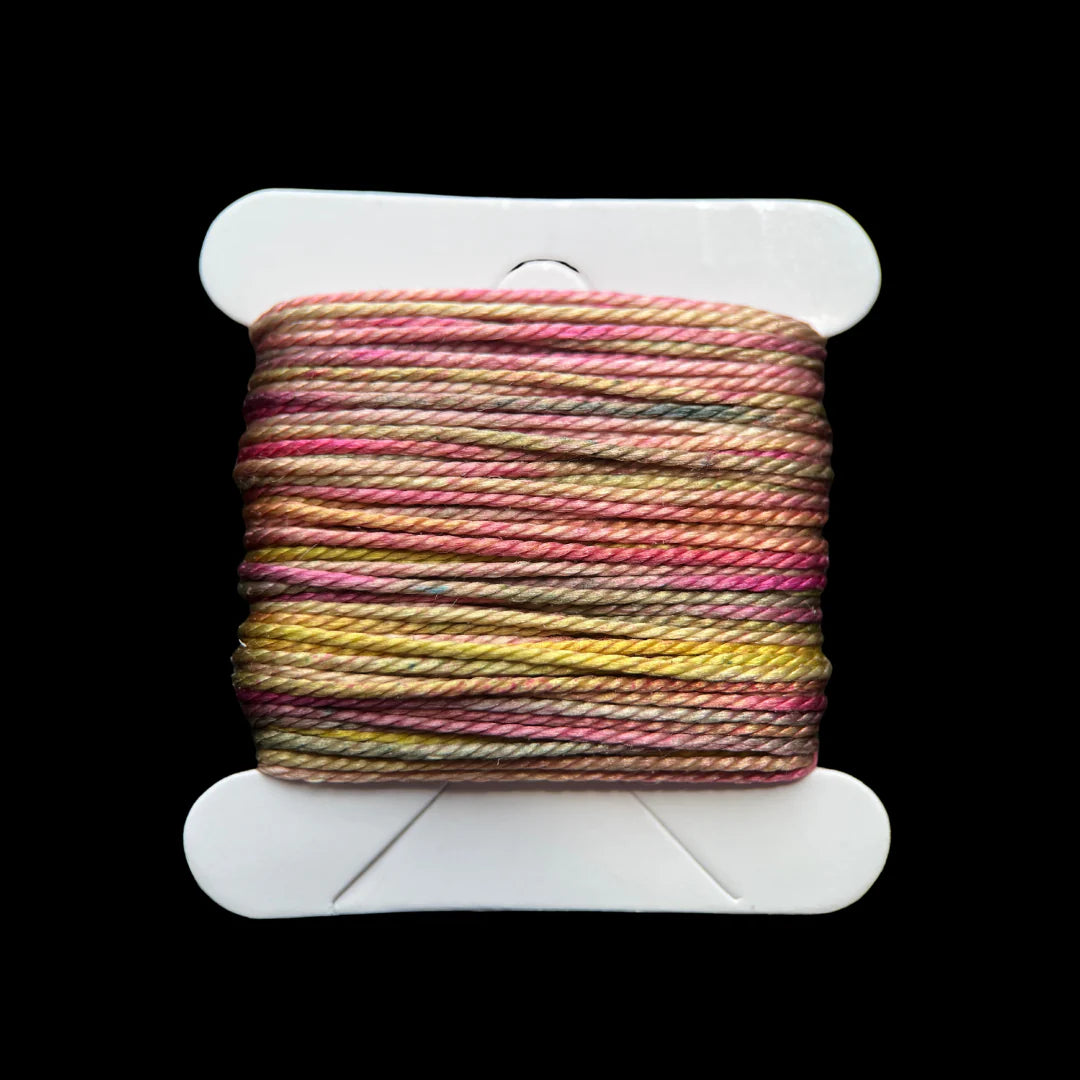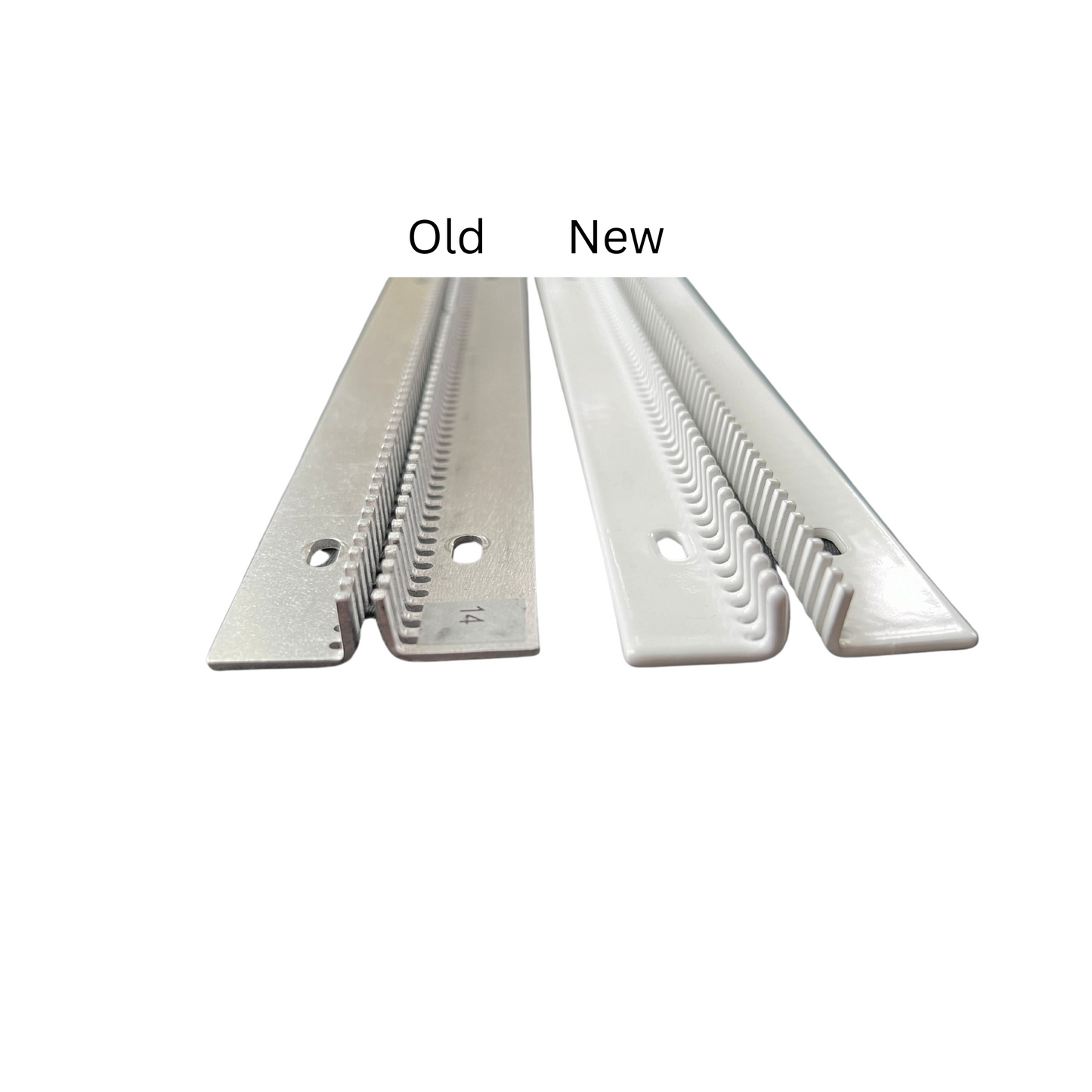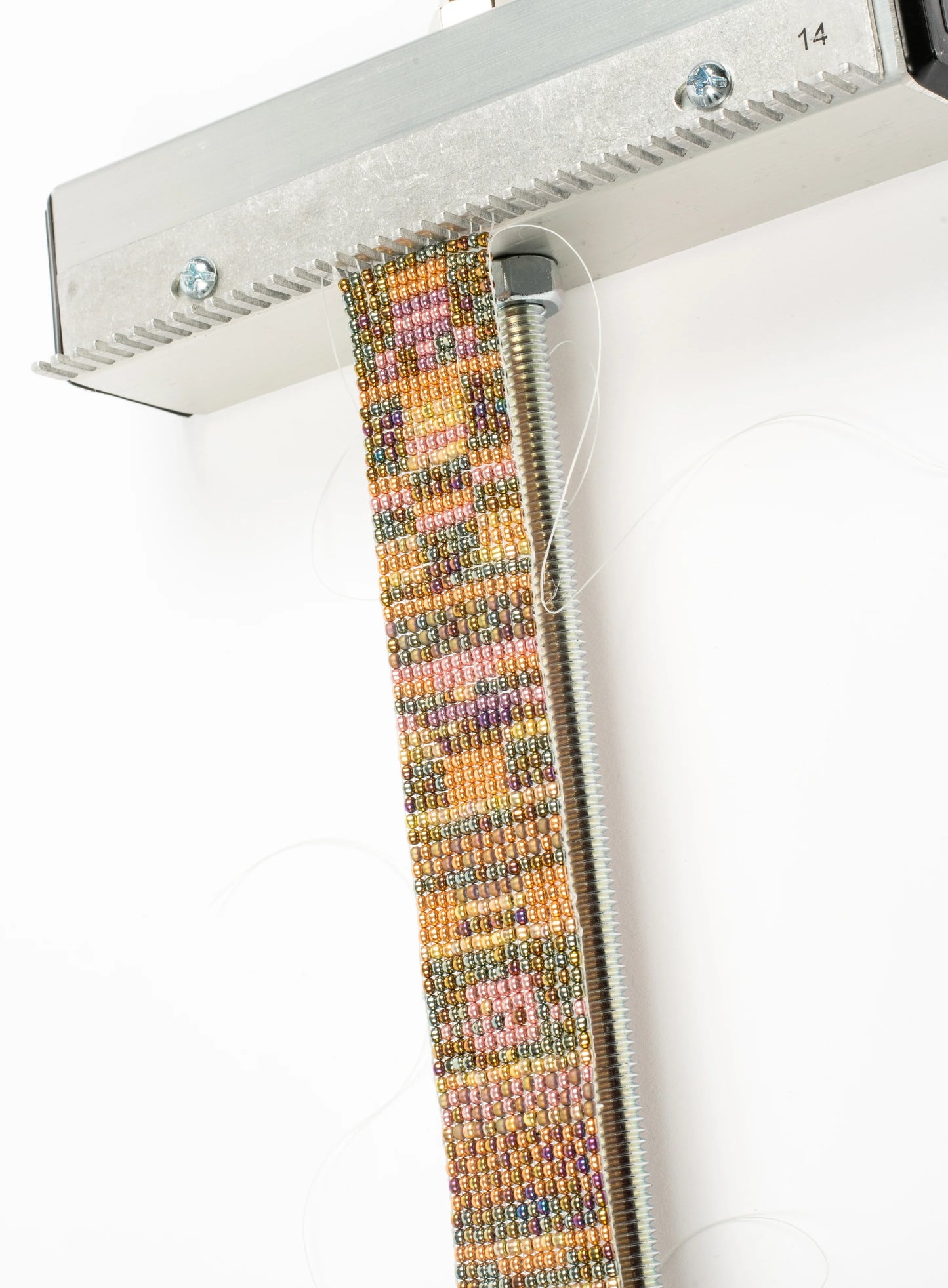
Back in the early 90's Claudia Chase was a tapestry weaver. Her living room and office were filled with floor looms, but as an on-the-go mother, she also wanted portable looms that would produce professional-quality work. And so she tried every loom on the market and while she liked certain things about different looms, none offered everything she wanted. There were certain design features that she needed that she couldn't find in any other portable loom and she realized that she was going to have to design the perfect loom herself. Her goal was singular: Make a portable tapestry loom with all the bells and whistles that she wanted as a weaver.
 Aluminum at our manufacturing facility
Aluminum at our manufacturing facility
The most important feature she wanted, nay needed, in a loom was the ability to get tight and adjustable tension. As most tapestry weavers do, Claudia needed her tension tight. No portable wooden loom she had tried could give her the tension she needed. The amount of wood you need to get enough tension on a small loom would make the loom, well, not so small. And, again, she wanted this to be a portable loom. She wanted to weave on vacation and at workshops and sitting on the sidelines of her kids' soccer games.
Claudia experimented with different materials for her loom and found copper and aluminum offered the perfect combination of strength while still being lightweight. She wasn't the first person to come up with the idea to use metal to build a loom and it makes perfect sense for tapestry weaving.
Metal isn't cheap, but it's strong and it's lightweight and we think those two qualities are what set a portable tapestry loom apart.

